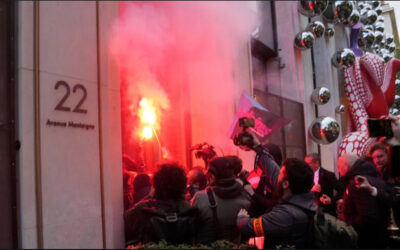Adopting the Never Pay Retail approach means believing you can look fabulous without emptying your wallet. Embrace the Never Pay Retail Mindset: Experience the thrill of snagging your favorite items at insider prices, sample sales, or resale values. Remember, your...
Never Pay Retail
read more



